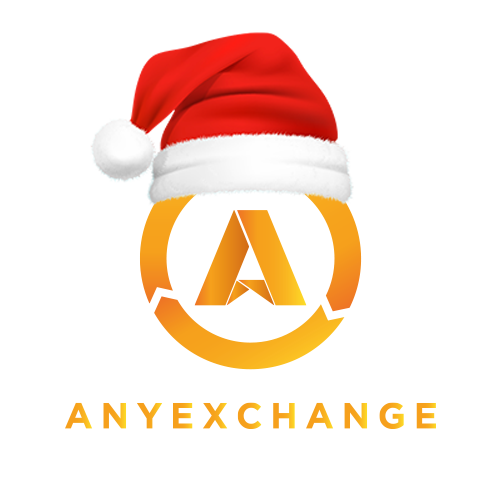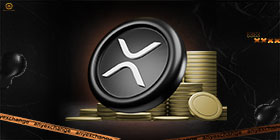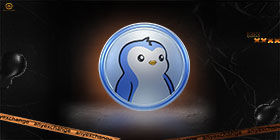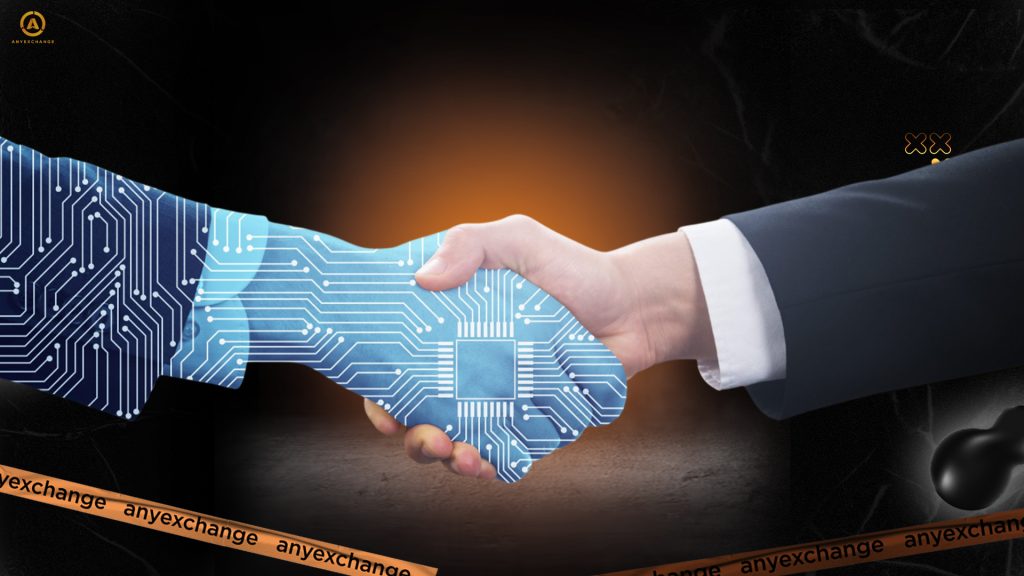
Traditional and decentralized financial systems have long existed as two polar opposites: traditional finance is built on centralized institutions and strict legal regulation, while decentralized finance is based on smart contracts, operates without centralized governance and intermediaries, and follows code instead of legal regulations. However, from 2023 onwards, the trends have started to change. The growing interest of banks, payment processors, hedge funds, and other institutional investors in blockchain integration has catalyzed profound changes in the global financial ecosystem.
At the intersection of these two worlds, a new trend is emerging — hybrid finance, which combines the stability and reliability of TradFi with the transparency and innovation of DeFi. And it is this synergy that is paving the way for a new financial infrastructure that is more accessible, more secure and more technologically advanced.
The purpose of this article is to show exactly how TradFi and DeFi are converging, what examples already exist in practice, and why the Web3 economy requires a rethinking of the traditional capital management model.
What is Hybrid Finance?
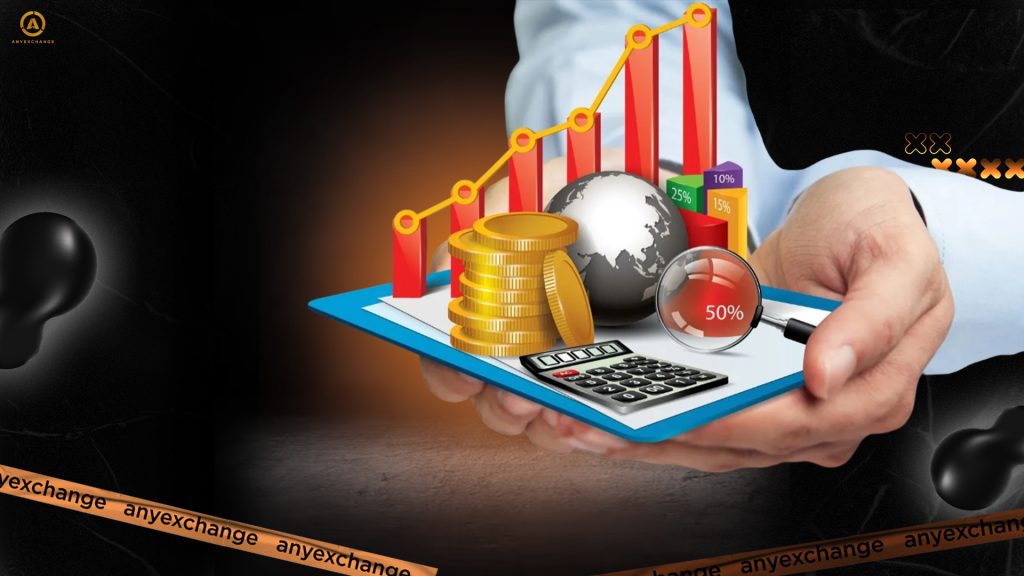
Hybrid finance is a concept that involves the fusion of centralized solutions from the classical financial systеm and decentralized tools from DeFi. It is not just an integration of financial technologies – it is a transformation of the entire logic of interaction, where control, compliance and decentralization are combined in a certain way.
The main benefits of the synergy between the two approaches are:
- Efficiency of financial services, combining low fees and high transaction speed with security and customer trust.
- Financial transparency, autonomy and accessibility.
- Expanded investment channels and increased financial liquidity.
In practice, hybrid finance is already working and there are clear examples.
For example, JPMorgan launched the Onyx platform, which uses blockchain integration for interbank settlements. Another example is Aave Arc’s DeFi protocol, which is customized for institutional clients with mandatory KYC/AML. Also, a consortium of banks in Hong Kong is testing a tokenized mBridge stablecoin on the blockchain for cross-border payments.
TradFi and DeFi: Differences and similarities
Traditional finance consists of banks, stock exchanges, payment systems and insurance companies. Their main characteristics are strict regulation, centralized control, and a high degree of reliability. They have extensive infrastructure, but limit access, especially for non-residents, startups, vulnerable populations, or unbanked users.
Decentralized finance, on the other hand, offers open access and eliminates intermediaries by using smart contracts, DEX and digital wallets. However, such systems are somewhat vulnerable to hacking, unstable due to the volatility of digital assets, and face uncertain DeFi regulation.
Nevertheless, both systems share common goals: increased transparency, increased liquidity, lower transaction costs and greater access to capital.
Why are TradFi and DeFi merging?
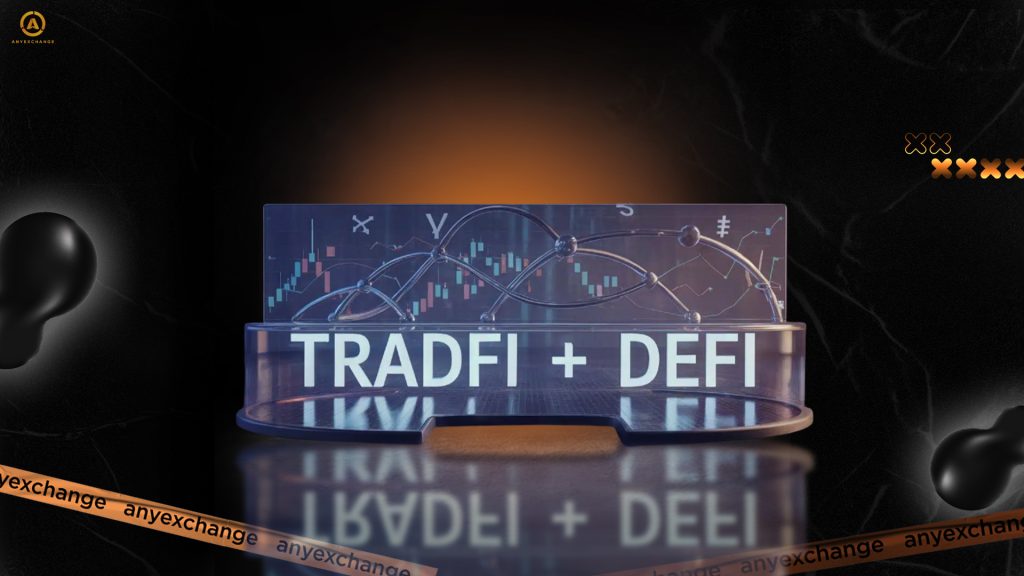
- Increased user demands. The modern client does not like slow transactions, closed systems and high fees. They want maximum speed, transparency, low costs and 24/7 availability — and that’s exactly what DeFi offers.
- Massive influx of institutional money. The world’s largest financial players, including BlackRock, JPMorgan and Fidelity, are actively investing in digital assets and blockchain integration. This is forcing legacy systems to up their game to meet the demands of these budget-conscious behemoths.
- The need for financial technology automation. Modern blockchains like Ethereum, Solana and Polygon are faster, more scalable and cheaper than they were a few years ago. Thanks to smart contracts, these platforms make it possible to automate complex financial processes in everything from trading to insurance.
- High interest in tokenization. One of the most dynamic intersections is the development of the asset tokenization trend. Banks and fintech companies are already transferring bonds, real estate and stocks to the blockchain. This reduces costs, speeds up settlement, and makes assets more accessible, supporting the growth of new financial liquidity.
Examples of Hybrid Finance
There are more and more examples of hybrid finance at work, covering almost every aspect of financial infrastructure.
Stablecoins are now a familiar link between the TradFi fiat world and the DeFi ecosystem. They are used as a means of storing value, settlement and collateral in cryptocurrency investments, while remaining pegged to the US dollar and backed by reserves.
Digital banks such as Revolut and N26 are integrating wallets that allow cryptocurrency trading from within the banking app. This is a direct example of integrating blockchain into everyday banking services.
BlackRock pioneered tokenization by launching a tokenized fund on Ethereum in partnership with Securitize. At the same time, banks such as HSBC and Santander are running test offerings of tokenized bonds, using blockchain to speed up settlement.
On the DeFi side, platforms such as Aave Arc and Compound Treasury are being developed specifically for institutional clients with full KYC and AML compliance. This is a prime example of how DeFi regulation is being integrated into protocols. DeFi projects are also adding layers of compliance: for example, Maple Finance is implementing a process to assess borrowers and limit risk.
International payment systems are also getting in on the action: Visa and Mastercard are testing blockchain solutions for cross-border settlement and interoperability with central bank digital currencies (CBDCs). Such moves bring traditional and decentralized environments closer together.
Landmark cases also inсlude the following:
- JPMorgan’s Onyx is already handling billions of dollars of transactions via blockchain, including the settlement of tokenized deposits.
- Goldman Sachs is actively investing in startups that are building bridges between DeFi and banking services, forming the foundation of the future Web3 economy.
- BNY Mellon holds bitcoin and ether for institutional clients.
Technologies Supporting Hybrid Finance
The technological foundation of hybrid finance is built on the development of blockchain networks and infrastructure solutions that can connect the two worlds.
Next-generation blockchains — Ethereum, Polygon, Solana — play a key role. They offer high bandwidth, interoperability and low fees. This makes them an ideal environment for tokenization, settlement and lending.
Smart contracts have become an important automation tool — they allow loans, collateral, insurance claims and trade transactions to be managed without intermediaries. This increases efficiency and reduces human error in financial technology.
Cross-chain bridges are used to connect different blockchains and traditional finance. They enable the exchange of assets between different networks and create a unified environment for liquidity and trading.
APIs and open banking solutions also play a critical role in the interaction between decentralized and traditional finance. APIs allow banking applications to securely connect to DeFi protocols to receive transaction data, balance digital assets, or offer customized products. In turn, open banking means that banks, with the consent of the user, provide access to data to third parties — fintech companies, crypto platforms, and investment applications. This opens up opportunities to integrate digital wallet functions, display tokenized assets, credit scoring based on blockchain transaction history, and other functions directly into the banking interface. Thanks to such solutions, a user can see both traditional accounts and crypto assets in one application, and the bank can offer deposit or loan terms that take into account both the customer’s fiat and digital assets.
Finally, oracles such as the well-known Chainlink network, for example, are of great importance in optimizing processes in hybrid finance. Because blockchain is inherently isolated from the outside world, smart contracts cannot independently retrieve data from websites, exchanges or banking systems. Oracles solve this problem by acting as a bridge between external information sources and decentralized protocols. And hybrid oracles are already emerging, connecting the blockchain to the APIs of banks, brokers and fintech companies. This opens up the possibility of creating derivatives on, say, Apple stock or U.S. Treasury bonds — but in the form of tokenized assets on Ethereum or Solana.
Challenges and Risks of Hybrid Finance
- Regulatory uncertainty. As the EU implements MiCA rules, disputes between the SEC and cryptocurrency companies continue in the U.S., and countries in Asia are seeing heterogeneous policies, from progressive rulings in Singapore to restrictions in China. This creates a legal patchwork that makes scalable blockchain integration across regions difficult.
- Security. According to Chainalysis, between 2022 and 2024, more than $3.7 billion will be stolen as a result of DeFi protocol hacks. Therefore, integration with traditional finance means that risks can be spread across a wider range of participants.
- Balance between centralization and decentralization. When institutional investments enter DeFi, they require compliance with KYC, AML and other regulatory mechanisms, which can undermine the principles of openness and anonymity. Some projects compromise, but this is controversial in the community. In addition, large banks and fintech companies may not only integrate technologies, but also use their influence to monopolize the financial infrastructure of the future.
- User experience. For the mass user, interacting with digital wallets, storing private keys, and connecting to protocols is a self-learning process. As a result, the industry is in the process of finalizing an intuitive UX/CX.
The Future of Hybrid Finance
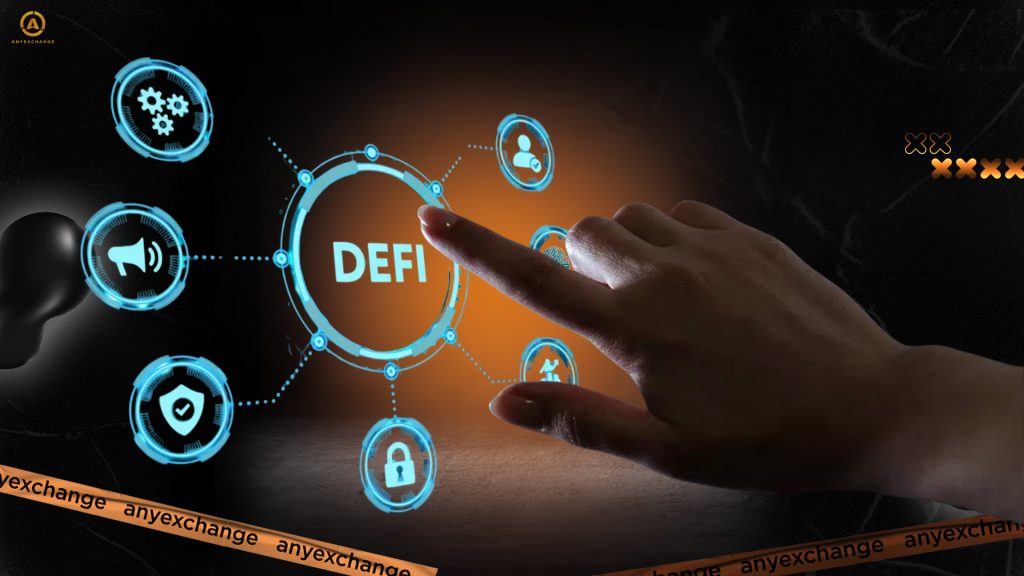
Experts agree that hybrid finance will become the backbone of the global financial systеm by the end of this decade. This thesis is shared by the likes of Citi, Goldman Sachs and BCG. The latter estimates that by 2030 the volume of tokenized assets could reach $10 trillion (!), including real estate, bonds, commodity markets and works of art.
However, the main potential of combining old and new generation systems lies in expanding financial inclusion. Through a hybrid approach, hundreds of millions of unbanked people will be able to use modern financial products through smartphones and blockchain solutions, without borders or intermediaries.
Conclusion
The merger of TradFi and DeFi marks not just a technological integration, but a true transformation of the entire financial infrastructure. Key trends — the tokenization of assets, growing institutional interest, the development of stablecoins and the adoption of CBDC — show that the transition to a hybrid model has already begun. This model promises faster, more transparent, and more accessible services tailored to both large corporations and everyday users. In the coming years, we will see financial technology continue to bring the world of blockchain and traditional capital closer together.
Thank you for your attention. Invest safely and profitably!
AnyExchange is an exchanger through which you can convert cryptocurrency at the most favorable rate. We work with payment systеm wallets, bank cards and cash. Fast money transfers are available on our platform worldwide.
FAQ
What is hybrid finance?
Hybrid finance is a model that combines elements of traditional finance (banks, fiat, regulation) and decentralized finance (smart contracts, cryptoassets, blockchain).
How do TradFi and DeFi work together?
They create compatible products: banks use blockchain and DeFi platforms implement regulatory standards.
Which banks use blockchain?
JPMorgan, HSBC, Deutsche Bank, Citi are actively using blockchain for settlement and asset tokenization.
Are DeFi protocols safe for investments?
DeFi carries risks of hacks and bugs in smart contracts. However, platforms with auditing, insurance and KYC (like Aave Arc) are safer for cryptocurrency investments.
How will tokenization transform finance?
Tokenization will digitize real-world assets and simplify the transition of ownership.
